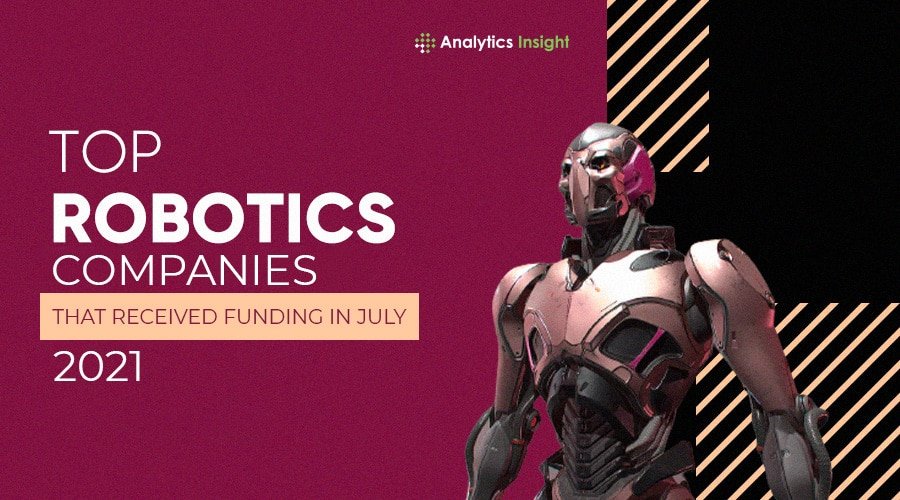Source: techerati.com
As part of a recent entry to Science Robotics, experts argued that “Covid-19 could be a catalyst for developing robotic systems that can be rapidly deployed with remote access […] to front lines”. It is often in times of great strife that innovation truly comes to the fore – the progress made across both public and private sectors in recent weeks is a tribute to just that, encompassing everything from advanced data analytics to the production of ventilators by the likes of McLaren, Mercedes and other F1 teams.
Robotics is no different. Robots are currently handling room service in isolation centres, patrolling the streets to help countries achieve social distancing policies, and helping to entertain the elderly. There are even robots whose purpose aligns perfectly with the specificities of this particular pandemic. UVD Robots, a company founded in 2016 by BlueOcean Robotics, produces a mobile bot with powerful UV lights built into the hardware. The robot can kill 99.99 per cent of all pathogens in the air using those light waves, a feature which will be most welcome in hospitals around the world currently.
To a certain degree, however, this form of robotics appears familiar, or at the very least the theory behind it does: goal-orientated, designed for a particular purpose, and often redundant if the task changes. They are valuable if not adaptable – part of the problem-solution matrix, in which value is measured by streamlining a process or making a specific task easier. The question moving forward ought to be: can a robot truly be greater than the sum of its parts? Answering this will open doors to further innovation and provide a foundation for producing robots that can contribute across multiple industries and tasks.
Look outside the lab for inspiration
Much like our own society, robots can benefit from the output of a collective. Working together, we can often maximise our strengths and mask individual weaknesses. Swarm robotics, the concept that takes inspiration from bees and other social insects, is set to change everything we know about the Internet of Things (IoT). As a collection of connected devices at scale, swarm robotics represents the next stage of deployments and promises to revolutionise the applications of robots in more diverse environments.
The first aspect of that swarm robotics’ foundation is, in fact, swarm intelligence. This is where the connection between teams of insects and robots is the closest. It looks at how insects communicate and react as part of a larger group, and how the actions and movements of others impact the entire group’s output.
In robotics, it’s the shift from a central authority or brain function – most likely in the cloud – to one that is dispersed between every robot; one that is almost telepathic in its communication. We can think about it in terms of direction. The majority of robots today receive information vertically: sensors in a robot collect data at the edge, which is sent up to the cloud for processing and delivering actionable insights. For swarm robotics to function in real-time, this flow of information must become horizontal in order for each individual robot to know the bigger picture. It is this decentralised processing of information that will empower robots to move beyond their own singular capabilities.
Why swarm robotics and why now
Developing a robot colony that reflects nature will have a vast array of benefits and use cases, but some of the most immediate include tackling oil or toxic waste spillages, treating coral and other submerged areas, and contributing to search and rescue operations in environments that have become inhospitable. In all of these situations, swarm robotics is ideally suited to the unknown or changing settings, as well as the need to react in real-time to situations that are not often possible to map or predict.
That, in a nutshell, is why swarm robotics is important. But to answer the question of why it is becoming a relevant topic right now, we must look closer at the technology stack underpinning it. The Robot Operating System (ROS) is a popular open-source platform already used for advanced robotics. Its flexibility and ease-of-use make it perfectly suited to a wide array of robotics applications. Now add to this the progress being made in tiny AI and security solutions, and the bedrock of swarm robotics is close to completion.
Academic researchers and tech companies alike are working on new algorithms to shrink larger, existing artificial intelligence models without losing the capabilities they offer. At the present moment, AI is demanding more computational power each day, which then spills over to cloud servers. This is neither conducive to swarm robotics, nor is it very secure.
Localised AI is better aligned to privacy, because data does not need to leave the IoT device. Robot manufacturers, meanwhile, can take this one step further, by minimising the attack surface of a bot to boost security. Finally, technology such as snaps allows software updates to be processed automatically and transactionally, to ensure a robot never fails at the base level.
Education is the final piece of the jigsaw
Similar to developments within AI, swarm robotics is an example of technology and academia intersecting at a broader level. An increase in the number of mechatronics courses and other specialised degrees in recent years is helping to promote new practices in robotics theory at the very highest level, which in turn trickles down to physical developments. This convergence of mechanics and robotics studies has produced engineers ready-made for IoT deployments, further bolstering the likelihood we will see real-life use-cases of swarm robotics in the near future.
When this era does arrive, vast numbers of identical robots will be working in coordination for a larger collective goal. This will result in smarter and more agile deployments, directly at the edge. Inspiration can come from anywhere, and matching lessons from nature with robust technology solutions will benefit multiple industries, both in the short and long term.
Swarm robotics can help tackle situations we cannot currently foresee or plan for, and it is this distinguishing feature that will help elevate the entire robotics industry. Technology, above all, must be useful. Swarm robotics can provide the impetus for changing perception in robotics from cool and shiny applications we see today, to genuinely helpful solutions.

